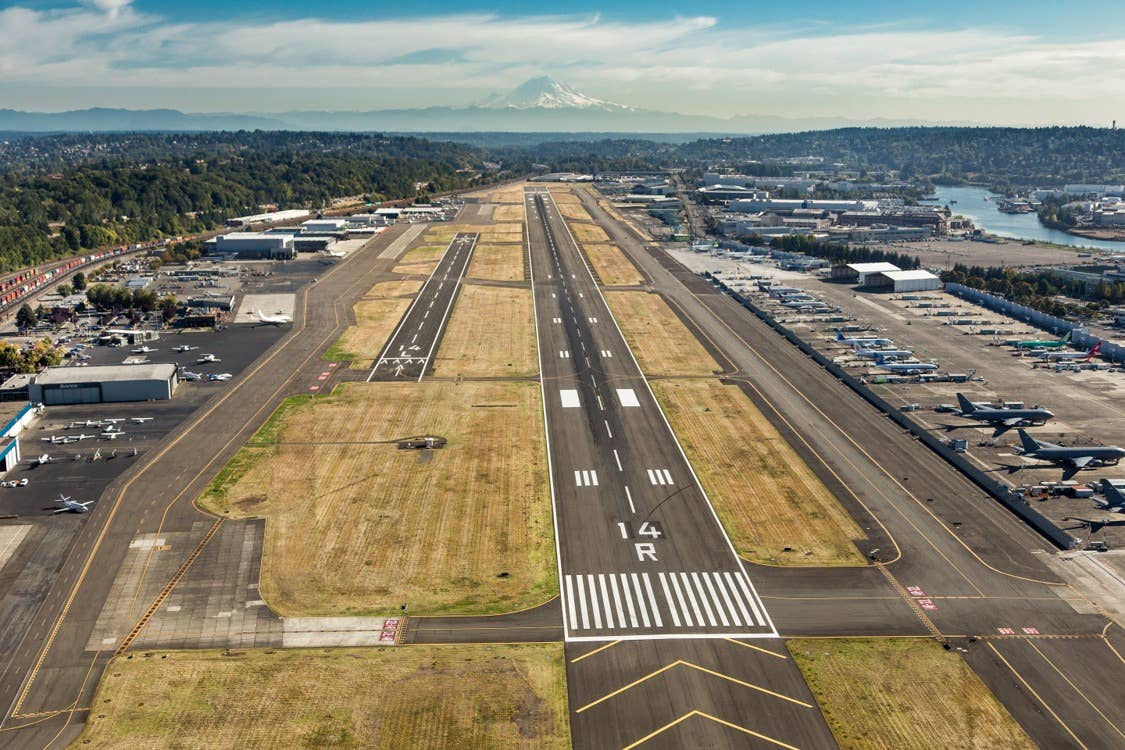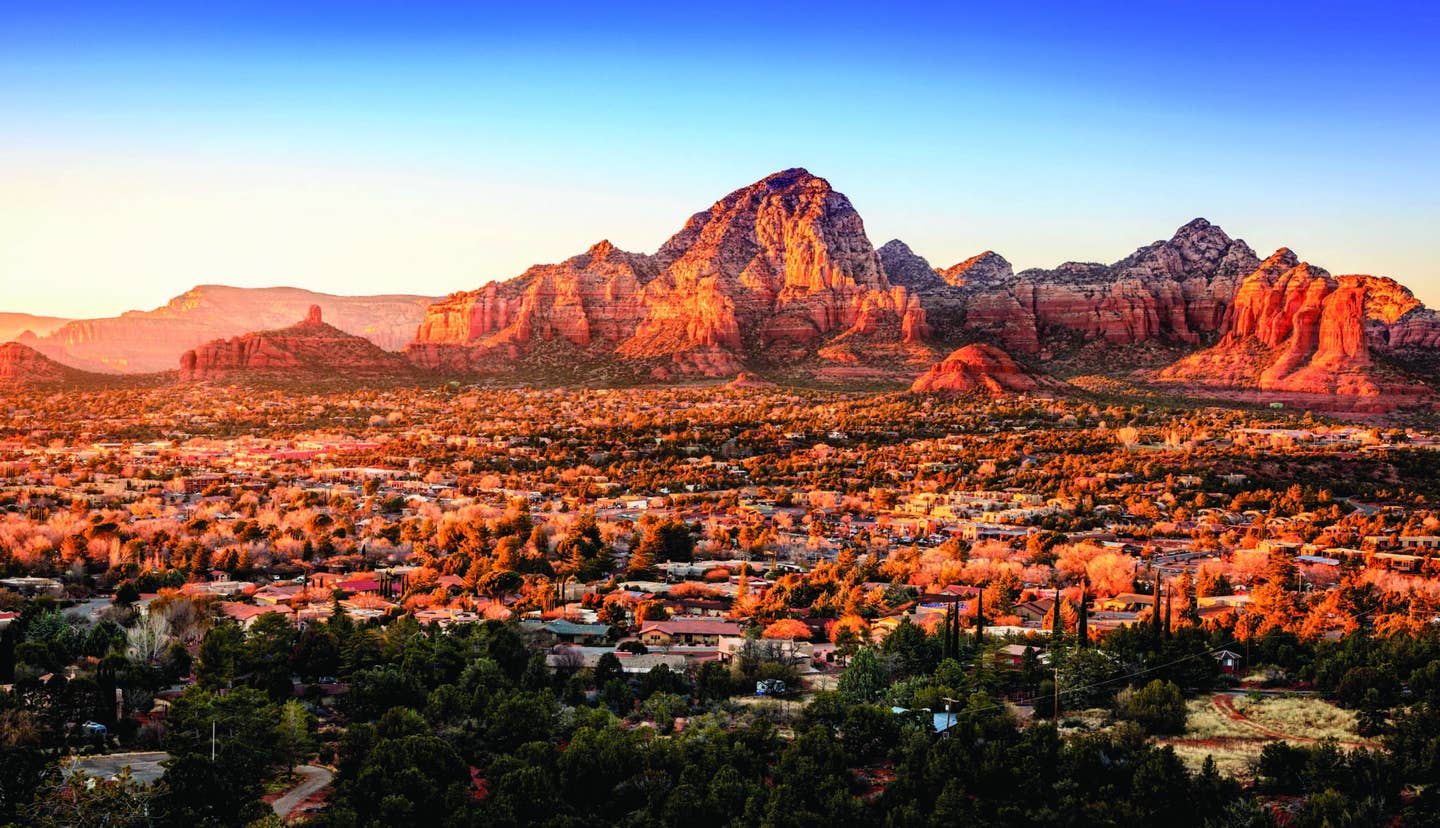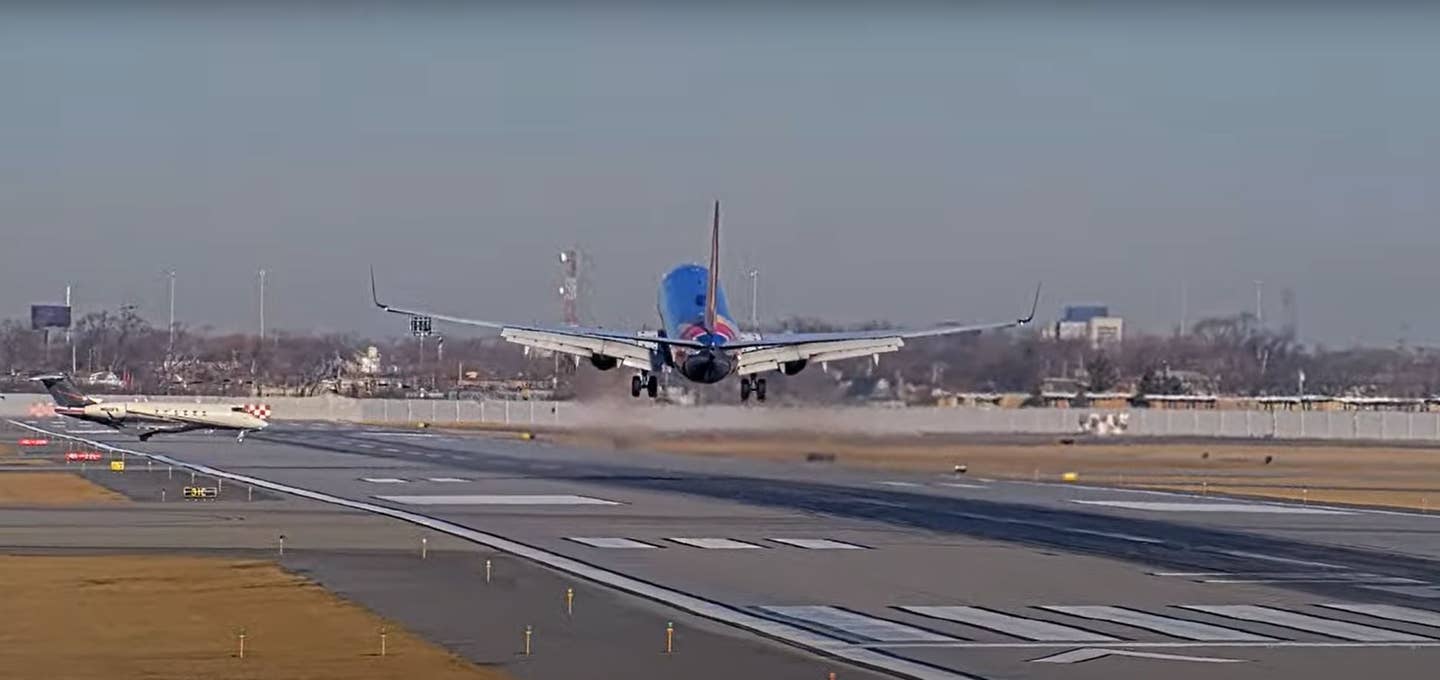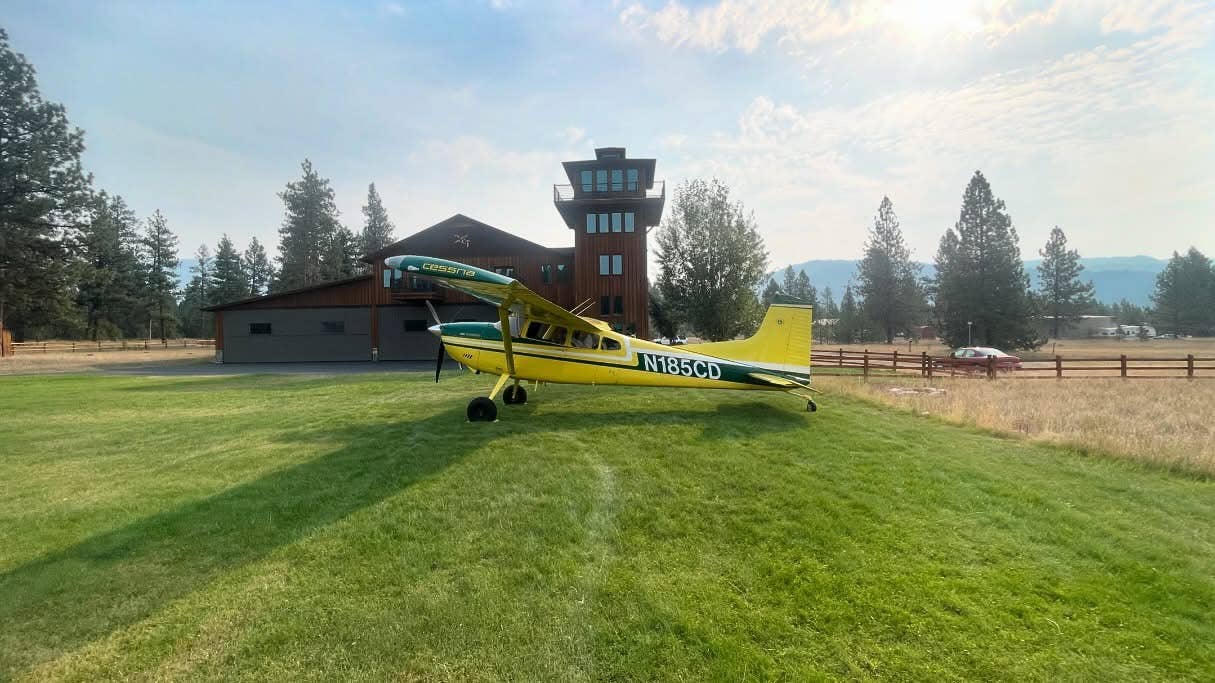Couple Builds Alaska Airpark One Step at a Time
As the couple achieved more and more success in other businesses, Kenai Airpark continued to grow.
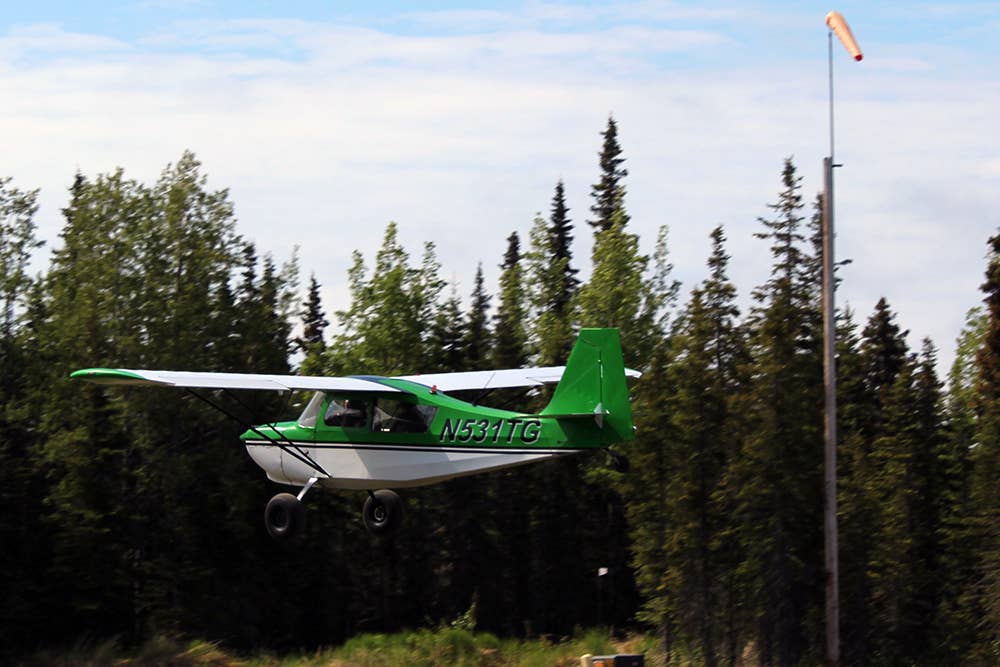
Airplanes have the right of way at all times on the properties, airstrips, and taxiways at Kenai Airpark. [Photo: David and Mary Jeanne Yragui]
For decades, David and Mary Jeanne Yragui have run several successful businesses in general construction, contracting, and adjacent industries. The rewards of shared daily hard work between husband and wife translated into a ranch property, as well as an investment property.
In 2007, they began development of an airpark in Kenai, Alaska, a coastal city south of Anchorage.
“Whenever we would do a big job, we would put some money toward buying property,” David said. “We built a ranch in Kenai that encompassed 75 acres.”
All the purchased acreage at the 150-acre Kenai Airpark (A007) is owned wholly by the couple, or by one of their companies.
“We can carry paper for the units [lots] that sell, if needed. Banks do not have to be involved,” David said.
Humble Beginnings
First called the Kalifonsky Meadows Airpark, David said the place started with simple intentions.
“Basically, I flew and had a PA-18 Super Cub for 18 years,” David said. “We used to fly across the [Cook Inlet, which runs from the Gulf of Alaska to Anchorage] quite a bit to go hunting. I also had friends that flew as well, and they wanted a place where they could conveniently land.”
A 2,539 ft by 100 ft airstrip was built on the property, around which the Yraguis were able to plan the fly-in community. This airstrip’s surface is different from others within the contiguous United States and elsewhere. The “grass on gravel” surface was developed specifically for use within “The Last Frontier.”
“The State of Alaska and Alaska Mill and Feed came up with a grass that would grow well on gravel. We finished the airstrip with this special surface in 2007 and it [the gravel underneath] hasn’t moved since,” David said.
“This was after taking approximately 1,200 to 1,500 trees out of the heavily wooded section where the airstrip is now, which took several months.”
The Community
The partially fenced and gated community surrounding the airpark is now home to about 10 residents, three of which call Kenai their full-time homes. The lots have hookups for electric power and other homesite builds are forthcoming.
Since the airpark’s inception, the Yraguis have been careful to give lot owners the flexibility to use their land as they see best fit, whether for commercial or residential purposes.
David said that there are about 20 units of several types available.
“We have a number of prime lots situated close to the rivers and services in the area,” Kenai Airpark’s website says. “The lots are accessible by vehicle and private aircraft via the built-in taxiways that course through the airpark.
“Naturally, planes have the right of way at all times on the properties, airstrips, and taxiways.”
However, David said availability is limited.
“There are six residential units left on the airstrip, and we [have] already sold five this year,” he said. “There are nine commercial units and then six regular units left on a taxiway.
“There are also larger lots outside the airpark for those who wish to build larger homes and private hangars, but each property owner has the option to build according to their needs,” he said.
But there are some rules that you have to follow.
“If you want to build a house, cabin, or hangar, you have to stay 20 feet back from the property line. This is per our association rules. We based these rules off of wanting to have at least 40 feet between structures, so in the event of a fire your house doesn’t catch your neighbor’s house on fire. Overall, they are pretty easy rules and there’s not a lot of restrictions, but obviously we don’t want any inferior [structures] here.”
These laissez-faire association requirements and coveted realty near the heart of the Alaskan backcountry suit the current like-minded airpark residents well.
“The location and proximity to the outdoor recreational areas, rivers and services make the airpark a prime location for sportsmen seeking their own private getaway where they can fly in from any part of Alaska—or the country for that matter—as well as for those who already conduct business or wish to conduct business in this area, and have access to their own aircraft,” David said.
Yragui no longer flies as pilot in command himself because of the uncomfortable, tingling side effects caused by a shingles infection he had several years ago. That said, developing and operating the airpark is some solace. He humbly followed up by saying, “I wouldn’t say that my background in aviation is that speculator, but I really enjoy airplanes.”
“And, I like people that fly, generally,” Yragui added with a laugh. One fellow aviator with a kindred spirit for the great outdoors and airplanes is Michael Beckwith. Beckwith, a modified Maule M-4 owner, was previously an Anchorage resident and has owned a lot there for approximately 10 years.
Three years ago, Beckwith built a 2,440-square-foot home with an attached 2,000-square-foot shop, garage, and hangar.
“It is right in the middle of the Kenai Peninsula; an equal distance for Homer and Kachemak Bay and Seward/Prince William Sound,” Beckwith said. “The outdoor activities are endless and year-round. The lifestyle in the [air]park is comfortable and usually quiet and friendly.”

Sign-up for newsletters & special offers!
Get the latest FLYING stories & special offers delivered directly to your inbox

